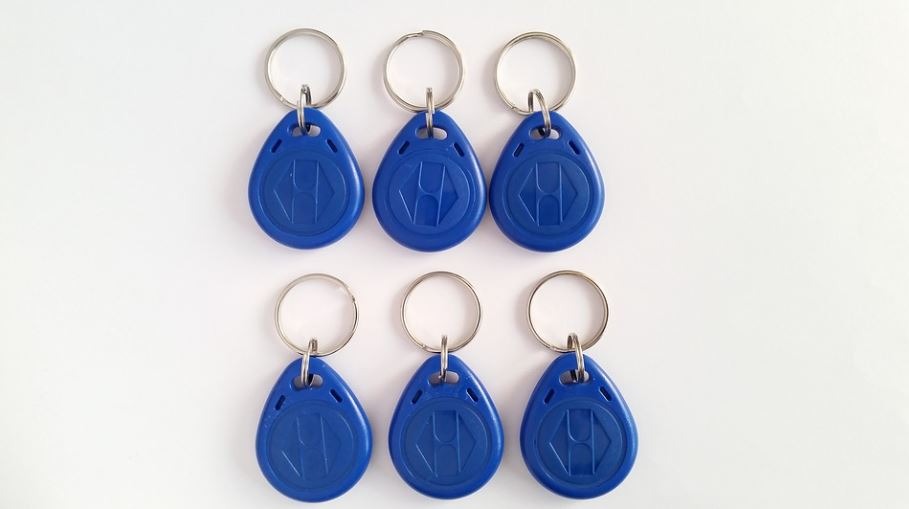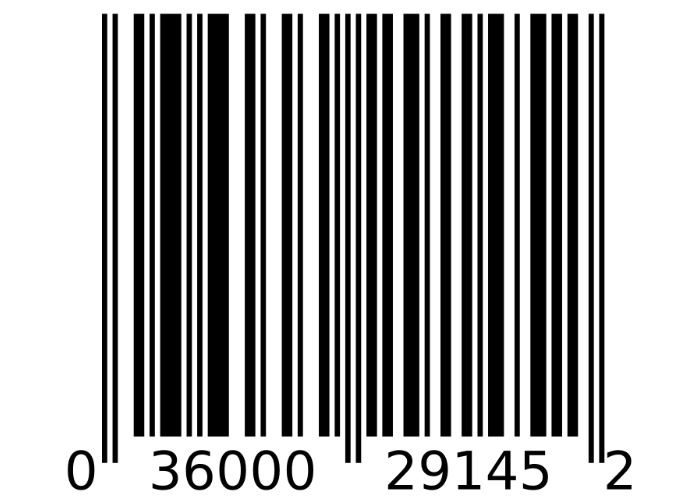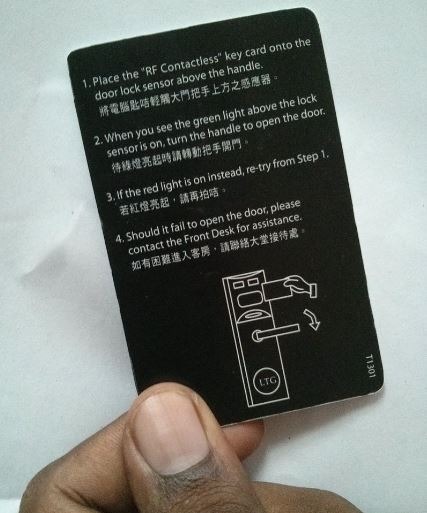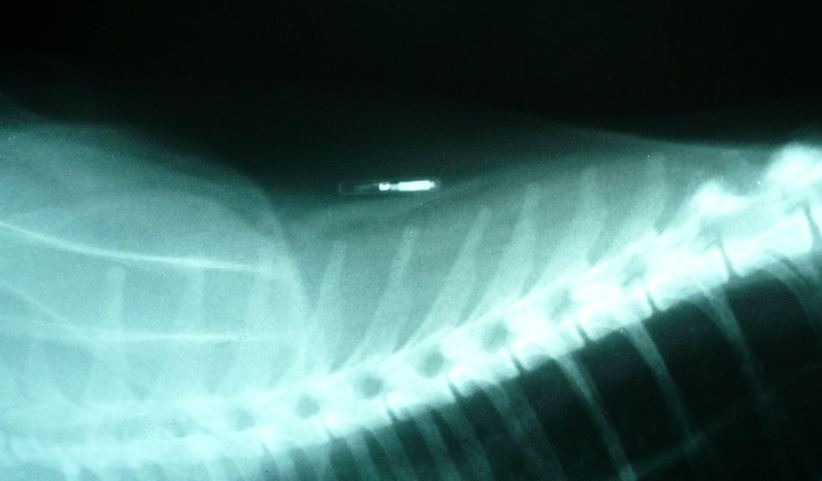Are you the kind of person that lives a busy life, travels a lot, and loses items regularly? Or one of those persons who has a tendency for forgetting where they have placed things? If you have the qualities of those mentioned above, there is a good chance that you need to buy a radio frequency identification device (RFID).
What is an RFID?
RFID-enabled devices can help you keep track of your essential business devices, even if you don’t travel and don’t tend to forget things. You never know in your next trip you might lost your favorite iPhone, laptop, or leather briefcase. RFID stands for “radio-frequency identification,” a type of technology that uses radio waves to read digital information from RFID tags or smart labels. RFID is like barcoding, wherein a device reads data from a tag or label and stores it in a database; RFID, on the other hand, has a few advantages over systems that track assets with barcodes. The most important difference is that data from RFID tags can be read even when not in the line of sight, while barcodes need to be lined up with an optical scanner. Charles Walton came up with the idea of radio frequency identification (RFID) and was the first person to get a patent for RFID technology. RFID uses electromagnetic fields and radio waves to automatically identify and get information from objects with an RFID card or tag.
How does RFID Work?
RFID Technology is included in a group of technologies called Automatic Identification and Data Capture (AIDC). AIDC methods automatically find objects, collect information about them, and put that information directly into computer systems. The RFID tag comprises two parts: a microchip that stores and processes data and an antenna that receives and sends signals. An RFID tag includes a transponder, a radio receiver, and a transmitter and works in a systematic manner; Firstly, tags transmit digital data; it emits a unique identification code. Second, the main job of the antenna is to send and receive radio waves for communication. Third, the Reader talks with any tags in its read range. After that, it sends the tags’ data to an application that can use it. The data from the tag can then be sent either directly to a host computer or stored in a portable reader and sent to the host computer later.
RFID technology is utilized for a variety of purposes, including the management of inventories, the tracking of assets and personnel, the regulation of access to restricted areas, the issuance of identification badges, the management of supply chains, and the prevention of counterfeiting, as is the case in the pharmaceutical industry.
Why do we Need to Use RFID?
How often have you lost something you needed? If you’re like some people who quickly forget things, you’ve probably lost something like your keys, phone, tablet, wallet, or remote at least a few times. Putting an RFID tag on these things lets you keep track of them. Several companies sell tags with apps on your phone to keep track of your items. This is great for businesspeople who are always on the go; this way, you worry less about losing your things.
With this device you can tag your phone, briefcase, laptop, and even your luggage, and your smartphone will let you know when the item leaves a specific range, say 100 feet, and when it returns. RFID chips are used in pet doors, too. If you put something on your pet’s collar, the pet door will read the chip and only let your pet in. This will stop those annoying raccoons from getting into your fridge and helping themselves to food.
The Best RFID Options:
Many companies sell one of the best RFID devices. Here are four that can help you get started as you look for the best one:
One company that sells these devices is called StickNFind. This little wonder that looks like a sticker may cost you $25. And if you put a tag on any of your devices, you can track it with your phone. You can have up to 20 stickers working at the same time. The smartphone app also lets users set up an alert when a sticker moves out of a particular range. This feature is called “Virtual Leash,” and users can set a range of distances for each sticker. So, if you want your pets or kids to stay within a specific field while they are outside, you can put a sticker on them, and if they go outside that range, your phone will let you know.
Bikn, which stands for “Beacon,” is another company that has this high-end “lost and found” system. You can get an iPhone case tag for $59.99. You can put the tag on your keys, pet, backpack, or anything else you want. The best part of having these little tags is that your iPhone will find your tagged item, and the item can also find your iPhone, even if it is dead or turned off. However, Bikin only works with iPhones in the meantime, and you’ll need to take off any other materials in your iPhone, such as other cases that may intercept the signals, so that the Bikn case can touch your phone. The price can be pretty intimidating, and you may find it impractical at first, but if you lose things a lot, it might be worth it.
Moreover, ItemTrackr can track any Bluetooth device, including cars, headsets, low energy tags like SticknFind, and much more. From the app, you can make your lost Bluetooth device ring. It will also keep track of where you lost your item and what time it happened. This is most helpful if you need to remember where you parked your car or left your keys. There is also something called “separation alert.” If you are about to go without your Bluetooth device, the app will play a reminder, so you don’t forget it.
And last on the list is Phillips’s InRange, another leash system that works with Bluetooth. You can get a system like Bikin’s for $49.95. You’ll get the Bluetooth device, a case for the tag, batteries, and a pin to open the door to the battery compartment. Items can be tracked with an app on an iPhone or iPad, and up to three InRange devices can be paired with it. This device also lets you keep making Bluetooth calls without any trouble.
However, you should not limit your choices from those mentioned above; other options can meet your needs and might be better for you. They all have the same imporatnt purpose: to help you keep track of your things and ensure they don’t get lost. This seems like something you should buy if you have trouble keeping track of your things or if you travel a lot.





